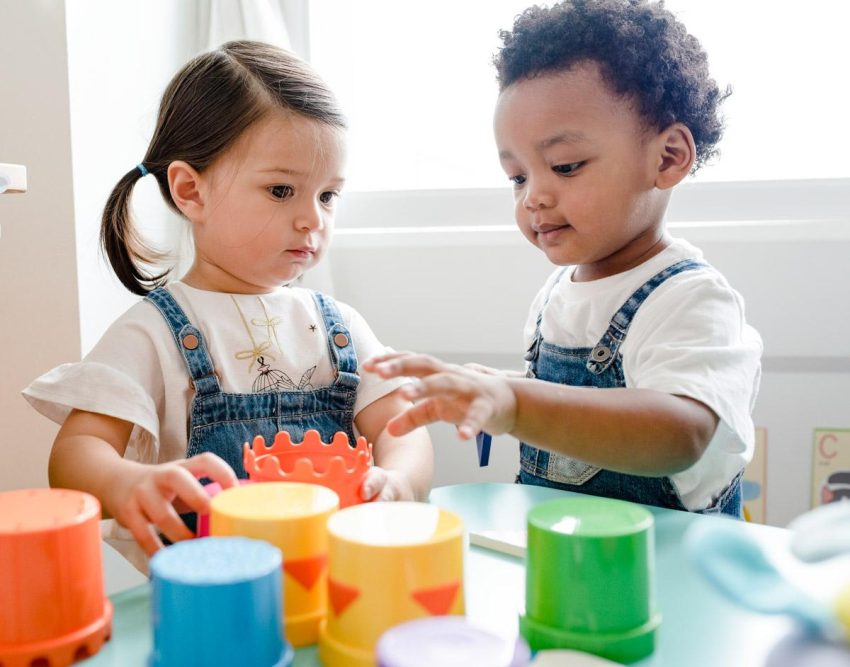Research and Studies Back Up Safety Rules for Kids at Home
It is obvious that ensuring the safety of children at home is a priority for parents and Cares It may appear that home is the safest possible place for your child, but does this mean you shouldn’t be concerned? It is important to use research and studies as a basis for safety measures. While common sense can be a great tool, it’s also essential that they are based on the latest findings. We can create a safe environment for children by relying on research-based practices.
This article will provide a solid basis for protecting kids at home by exploring the rules and measures for safety at home. The article does not include the control of your children by restricting the movements they make around the home, because exploration is an important developmental tool for the child. We must ensure that their curiosity doesn’t harm them.
1. Supervision
Many studies have shown that adult supervision is essential for the safety of children. A study by the Centers for Disease Control and Prevention found that adult supervision reduces children’s risk of injury.
A constant monitoring and supervision helps prevent accidents, and allows for timely intervention when needed. Never leave your child alone in the restroom because even a few inches can cause them to drown.
2. Childproofing
Childproofing your home can reduce injuries by a great deal, according to research. According to a study published in Pediatrics, implementing safety measures at home such as cabinet locks and safety gates led to a reduction in injuries among children. Childproofing is a way to create a physical barrier that keeps children away from potential hazards.
3. Fire Safety
Fire safety education is a topic that has been repeatedly addressed in research. Journal of Burn Care & Research published a study that showed children who received fire safety education at home were more likely to respond appropriately in fire emergencies. Installing smoke detectors, teaching children how to evacuate, and other fire safety practices can significantly improve their ability.
4. Kitchen Safety
Kitchens can be dangerous for children. According to a study published in Journal of Pediatric Nursing, implementing safety measures such as keeping kids away from hot surfaces or sharp objects can reduce the risk of injuries related to kitchen use. Safeguarding your home can also be achieved by childproofing cabinets or using stove guards.
5. Electrical Safety
Electrical safety education is important for children, according to research. Journal of Pediatric Nursing published a study that showed how teaching children electrical hazards and safe practices increased their awareness and knowledge. The use of cord organizers and outlet covers can further reduce the risk associated with electricity.
6. Bathroom Safety
Bathroom safety is a concern for all children, but especially for the young. In a study published in Journal of Pediatric Nursing, it was found that installing safety locks and non-slip mats on cabinets helped reduce the number of bathroom injuries.
Bathroom safety also requires constant supervision, and that children are taught to be careful around water sources. Bathroom safety tips to follow at home or on the go:
Keep all the essentials for bathing your child within arm’s length so you never have to leave them alone, even for a moment.
Use non-slip strips in the bathtub to avoid accidents.
Dip your elbow or wrist into the water to test its temperature.
Store all electrical appliances and medications in a cabinet that has a safety locking system, away from the reach of your children.
7. Water Safety
A study published in Pediatrics found that implementing safety measures at home can reduce the risk of children drowning. According to the study, installing pool fences as well as teaching children how to swim are important preventive measures. The study found that strict swimming rules and close supervision around bodies of water were crucial in preventing accidents.
8. Stranger Danger
There is research that supports the teaching of stranger danger to children. Journal of Abnormal Psychology published a study that showed children who were taught stranger danger had a greater likelihood of avoiding dangerous situations and demonstrating appropriate responses. It is important to educate children on how to recognize and respond to strangers’ risks.
9. First Aid Awareness
First aid education is important for children, according to studies. Journal of Safety Research research showed that teaching children first aid skills improves their confidence and ability to help in emergencies. Children who are equipped with basic first aid skills can have a positive impact on injury outcomes.
10. Emergency Preparedness
Studies have shown that preparing children for emergencies is effective. In a study published in Disaster Medicine and Public Health Preparedness, the authors stressed the importance of creating an emergency plan for your family, practicing regularly, and talking about evacuation routes. Prepared children feel more secure and confident in the event of an emergency.
Final Words on Safety Rules at Home for Kids
Accidents can happen unexpectedly, despite the best efforts to prevent them. It is important to be prepared and well-equipped to respond in such situations. Learn CPR basics so you can help your child breathe again in the event of a choking incident or loss of consciousness.
Make sure you always have a first-aid kit on hand that contains essentials such as bandages and ointments for burns, antivenom and other supplies. Include the contact information of a local doctor or medical professional to make it easier for you to access them in an emergency.




